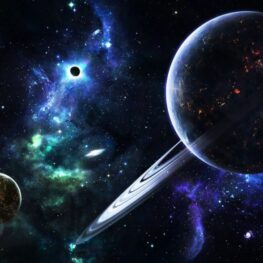Categories
Engineering TechnologyDescription of the Programme
Astronomy and Astrophysics is the study of everything beyond the Earth. It includes space exploration, planets, stars, galaxies, black holes, dark matter, quasars, cosmology and the universe as a whole, including how these originate and how they evolve in time. This degree course is therefore designed to train graduates who will have the relevant skills to work in areas of Basic and Applied Space Sciences such as Satellite Space Stations (e.g., San Marco in Malindi), Astronomical observatories and Aeronautical Engineering Departments and Remote Sensing. The mounting of this course is meant to be the basis for serious capacity building to attain the critical mass of expertise needed for the development of space science in Kenya, which ultimately will be critical to the establishment of a Kenya Space Agency, whose establishment is long overdue. Currently, Kenya is engaged in some joint Space Science activities, with the Italian Government through the San Marco Project in Malindi. In addition to an introduction to astronomy and astrophysics, the programme curriculum includes a thorough grounding in topics in modern physics and mathematics that form the cornerstones of current astronomical and astrophysical research. These include quantum mechanics, electromagnetism, thermodynamics, statistical physics, nuclear physics and particle physics, cosmology, galaxies and their evolution, black holes and active galaxies, neutron stars and supernovae, planetary astronomy, radiation mechanisms and astronomical techniques among others. Furthermore, the grounding in physics is further strengthened with the study of modern optics, classical mechanics, electrodynamics, special relativity, signals and noise, particle physics and mathematical physics.
Minimum Entry Requirements
This content is restricted to site members. If you are an existing user, please log in. New users may register below.






